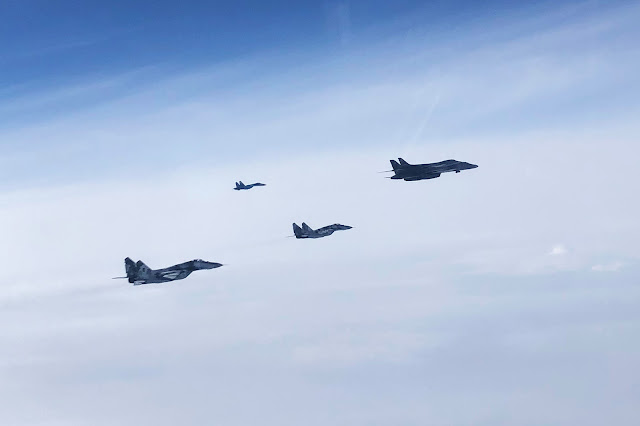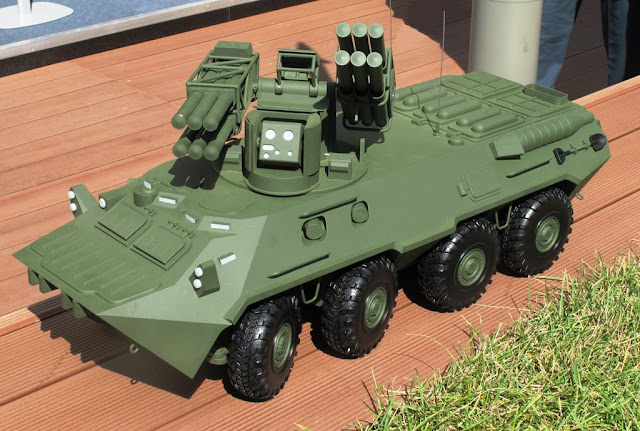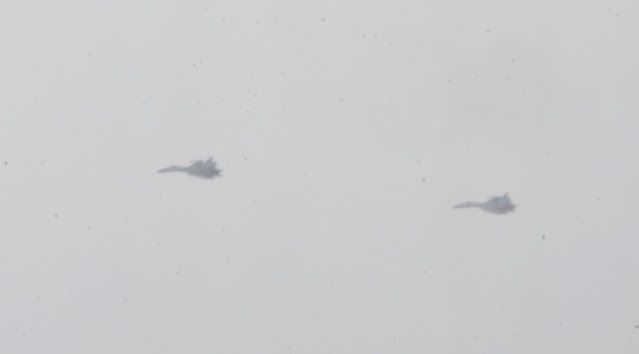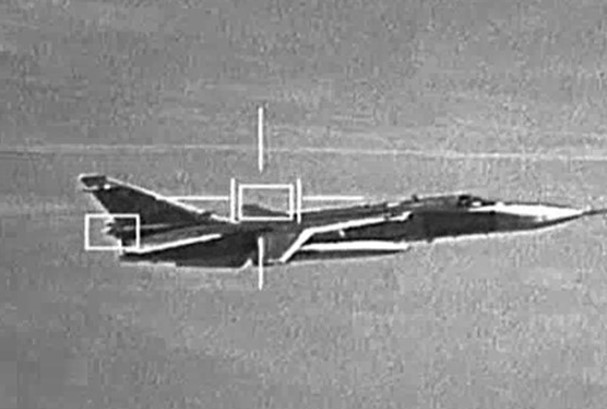Patria Oyj (Helsinki, Finland) announced on 19 May it has entered into a Cooperative Research and Development Agreement (CRADA) with the US Army Combat Capabilities Development Command Armaments Center to determine feasibility of incorporating a turreted, breech-loaded 120mm mortar weapon system into US mortar carriers.
The scope of the agreement is to assess the capabilities of Patria’s NEMO mortar system, its compatibility with US mortar carrier platforms and fire control systems as well as to evaluate the use of current US 120mm mortar ammunition in a breech-loaded mortar, such as the NEMO.
This agreement is a continuation of the service’s effort to provide Armored and STRYKER Brigade Combat Teams with rapid, precise indirect and direct fire capability in circumstances in which the operating crew is well protected and its physical burden significantly reduced. In late 2018, the army published a market survey to identify capable sources to develop and produce the 120mm Mortar Future Indirect Fire Turret (FIFT). Patria answered the market survey based on NEMO.
Patria’s NEMO is a turreted, remote-controlled 120mm mortar system with both direct and indirect fire capability, capable of executing up to six-grenade multiple rounds simultaneous impact fire missions. In addition to being highly protected, it is light, compact and easily installed on light, tracked chassis, wheeled armored vehicles or naval vessels.
“The agreement between the US Army and Patria exemplifies the capability leap that modern turreted mortar systems can introduce to armed forces and illustrates Patria’s leading role in this technology area. It is also [a] logical continuation to the cooperation between Patria and the US government that began with Patria NEMO sales to a third country through a Foreign Military Sales (FMS) programme,” commented Jussi Järvinen, President of Patria’s Land Business Unit.























































